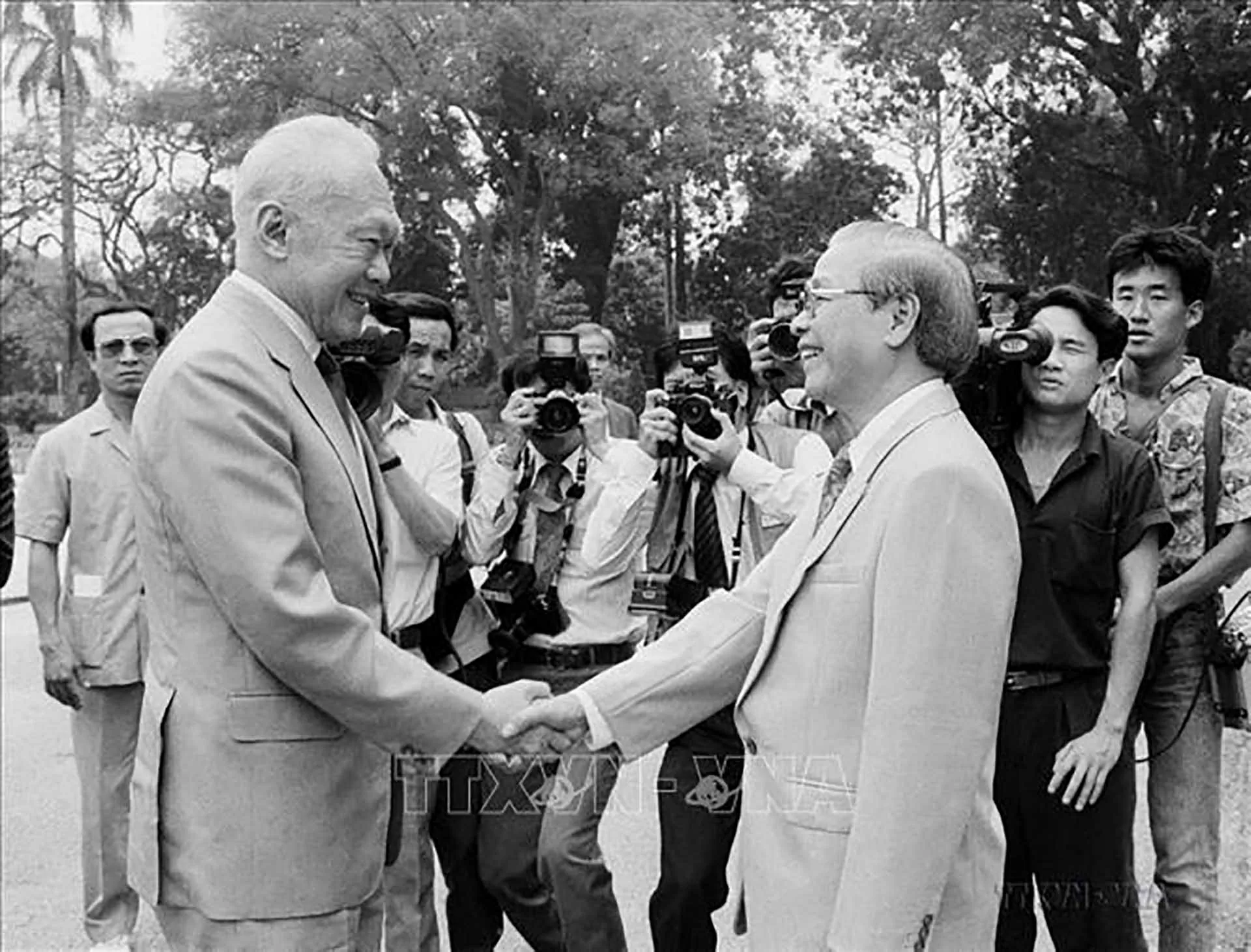 |
| Chairman of the Council of Ministers Vo Van Kiet received Senior Minister Lee Kuan Yew on his visit to Vietnam, April 24, 1992. (Source: VNA) |
If you look for Vietnam in the book “Lee Kuan Yew’s Memoirs”, you can clearly see the belief in Vietnam “growing” through each page of memories. That is the thread that connects the founder of Singapore with Vietnam, making him a close friend of the S-shaped strip of land, a key figure in creating a solid foundation for the Vietnam-Singapore relationship. When thinking about the Singapore leader, in relation to the relationship with Vietnam, what is the Ambassador most impressed with?
Although I did not have the opportunity to meet the late Prime Minister Lee Kuan Yew in person, I personally have great admiration for him. He was a talented nation-builder, the one who laid the foundation and built Singapore from a third- world country to the first-world country it is today. Recently, on March 22, the SG100 organization held a commemorative ceremony to commemorate him, with his famous images and quotes, which touched people's hearts, thereby recalling the contributions of the person who made the miracle of Singapore.
This year, the country has just turned “60 years old”, which is not a very long time but it can be said that Singapore has developed spectacularly, becoming an “Asian miracle”. There are many reasons for this success, but the core factor lies in the great nation-building architect Lee Kuan Yew, who has a broad vision and a strong determination. I am deeply impressed by his famous saying: “I have spent my whole life building this country, as long as I am in charge, I will not let anyone destroy it”.
The legendary leader of Singapore made strategic decisions, such as choosing English as the official language alongside other languages, orienting the economy to open up to attract foreign investment, and building a disciplined, highly skilled workforce. These factors created a strong driving force for Singapore's rapid development.
Mr. Lee Kuan Yew's special interest in Vietnam was shown as early as the 1960s. Later, he made many contributions to the process of opening up and developing Vietnam, especially in the economic field.
In April 1992, Mr. Lee Kuan Yew visited Vietnam for the first time. He had a whole day of discussions with Prime Minister Vo Van Kiet and other high-ranking officials, with the main content revolving around Vietnam's modernization. My colleague, who had the honor of translating for our leader during that meeting, shared his deep feelings and admiration for Mr. Lee Kuan Yew's thinking.
Ambassador Dang Dinh Quy, former Deputy Minister of Foreign Affairs, once shared "Mr. Lee Kuan Yew's comments about Vietnam, which are still startling when rereading them." For example: "Vietnam can grow at 8-9% or more, not just at 7% like at that time" in 2002. In fact, in 2005, Vietnam grew at a rate of 8.4% and in 2006 it was 8.2%; "Vietnam in the next five years will catch up with the speed of other countries in the region" - that was in 2007... Why, according to the Ambassador, could Mr. Lee Kuan Yew understand Vietnam like that?
I will explain this from several angles. First of all, Vietnam and Singapore are both in ASEAN, so geographically they are not too far apart. Mr. Lee Kuan Yew observed and carefully studied the strength and potential of Vietnam. When Vietnam opened up, integrated internationally, joined ASEAN and multilateral organizations, the economy gradually developed strongly, as predicted.
The Singaporean leader also recognized that Vietnam has advantages in terms of area, population and strong aspirations to rise. When integrating internationally, these potentials will be fully exploited, creating a driving force for outstanding development.
| In his book Singapore History Memoirs 1965-2000: "The Secret to Becoming a Dragon", Mr. Lee Kuan Yew praised: "The talent of the Vietnamese people in using and improving Soviet weapons during the war reminds us of the wonderful qualities of this nation". |
Mr. Lee Kuan Yew also visited Vietnam many times, met directly with high-ranking leaders, had many profound and frank dialogues on the reforms in the Doi Moi process and the opening of Vietnam's economy. The person who possessed the "secret to becoming a dragon" could chat intimately all day with Prime Minister Vo Van Kiet or other high-ranking leaders when visiting Vietnam. He was always impressed by a nation full of vitality and intelligence, and therefore, had faith in Vietnam's breakthrough.
Many people call Mr. Lee Kuan Yew a visionary leader. His observations are still true today, not only about the story of Vietnam. The book “Lee Kuan Yew: Master’s Perspectives on China, the United States and the World” is an example. The Singaporean leader always had a very clear vision, the important thing is that he had a lot of experience in the process of “building a career”. His perspectives are perspectives that come from that arduous but glorious reality.
If I am not mistaken, investment sources from Singapore began to flow into Vietnam following the visits of Mr. Lee Kuan Yew and the Vietnam-Singapore Industrial Park (VSIP) model was "seeded" by the Singaporean leader himself, becoming the symbol of cooperation between the two countries today...?
That’s right! VSIP was an initiative of the late Prime Minister Lee Kuan Yew. During his visit to Vietnam and discussions with Prime Minister Vo Van Kiet, he realized the urgent need of Vietnam in the early stages of opening up, when foreign investors began to take interest in the market. At that time, Vietnam was in dire need of infrastructure, industrial zones and labor resources to attract investment.
“One step ahead”, he saw the needs of Vietnam, caught the trend, so he raised the issue of cooperation. At that time, Vietnam also needed experience and good practices from Singapore, so he “nodded”. As a result, in 1996, the first VSIP was born in Binh Duong.
In fact, Singapore has cooperated with a number of countries to develop similar industrial park models, such as with China, India, Malaysia and Indonesia. However, these models have not created the same successful impression as VSIP in Vietnam.
So far, there have been about 20 VSIPs in 14 provinces and cities across the country, attracting 23 billion USD, creating more than 320 thousand jobs. However, we have to think about the next phase of VSIP. After these 20 VSIPs, what will happen?
What does the Ambassador want to talk about the VSIP 2.0 model - the "new coat" of VSIP that we are aiming for?
Exactly! Upgrading VSIP to a new generation model towards green, digital and innovative is a necessary step, at the right time and in line with the development trend. Vietnam is entering a new phase, not simply attracting foreign investment as before, but also aiming at high-value industries, gradually reducing dependence on labor and resources.
Currently, high technology is the mainstream trend. Vietnam needs to focus on attracting investors in this field or industries and supply chains that create high added value and bring more practical benefits. At the same time, we must aim to receive and gradually master technology.
At the same time, the “long-distance horse” - not only aiming at economic benefits, we need to consider environmental factors and sustainable development. The VSIP 2.0 model not only attracts high and smart technology but also ensures clean energy sources for factories, meets environmental standards and social responsibility, bringing long-term benefits to people and businesses of both countries.
Source: https://baoquocte.vn/niem-tin-lon-dan-ve-viet-nam-ong-ly-quang-dieu-da-dung-309023.html


![[Photo] Flooding on the right side of the gate, entrance to Hue Citadel](https://vphoto.vietnam.vn/thumb/1200x675/vietnam/resource/IMAGE/2025/10/28/1761660788143_ndo_br_gen-h-z7165069467254-74c71c36d0cb396744b678cec80552f0-2-jpg.webp)
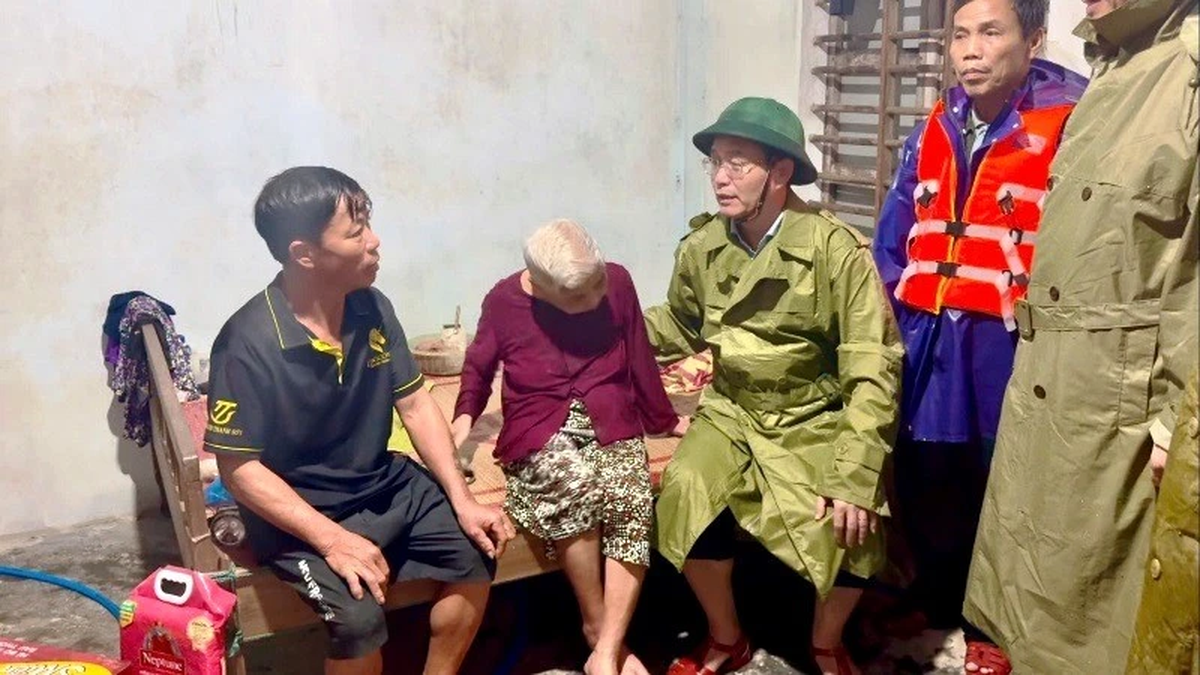
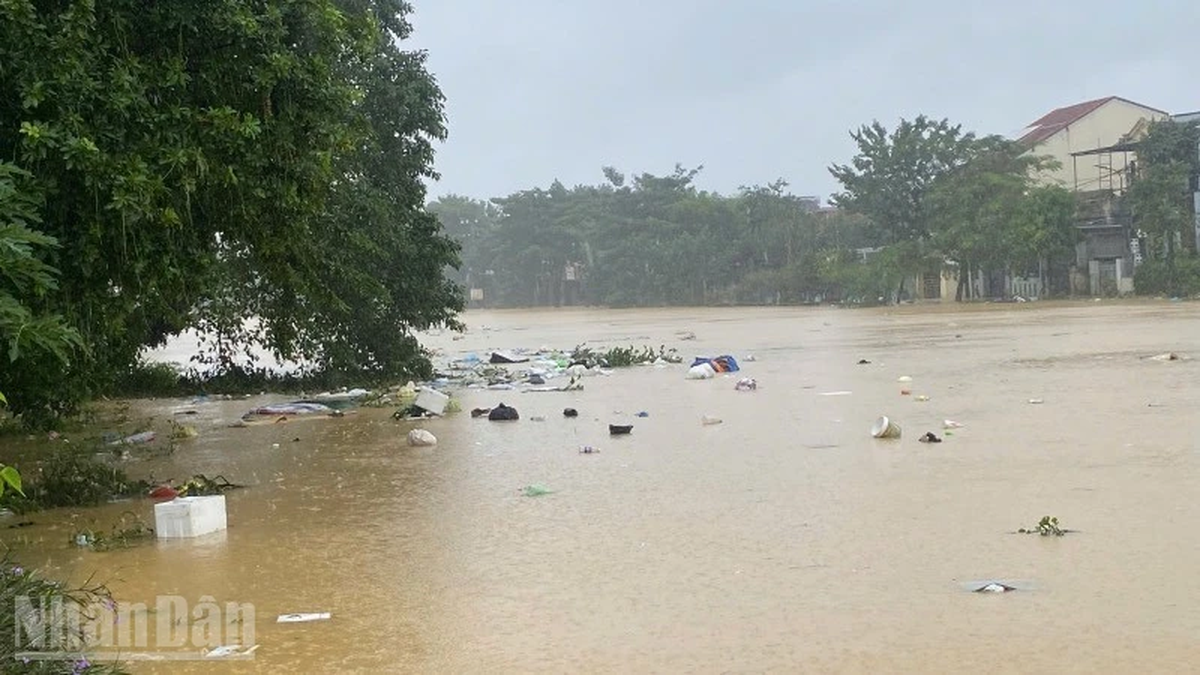
![[Photo] Hue: Inside the kitchen that donates thousands of meals a day to people in flooded areas](https://vphoto.vietnam.vn/thumb/1200x675/vietnam/resource/IMAGE/2025/10/29/1761738508516_bepcomhue-jpg.webp)

![[Photo] Prime Minister Pham Minh Chinh chaired a meeting to discuss solutions to overcome the consequences of floods in the central provinces.](https://vphoto.vietnam.vn/thumb/1200x675/vietnam/resource/IMAGE/2025/10/29/1761716305524_dsc-7735-jpg.webp)
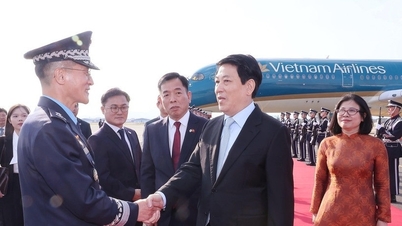

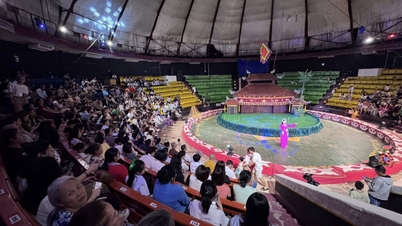



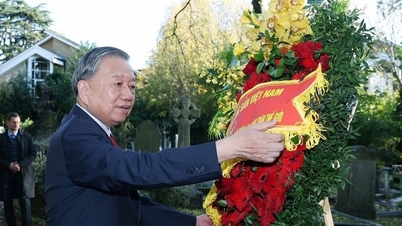
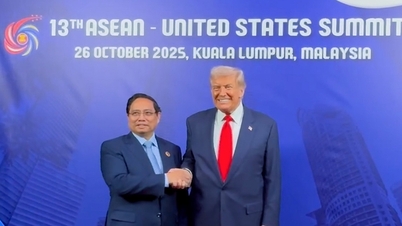
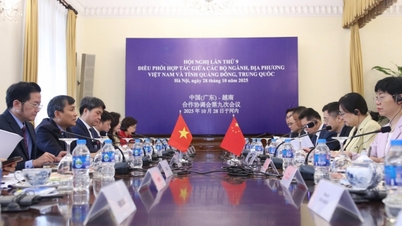




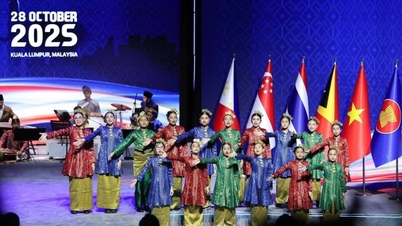
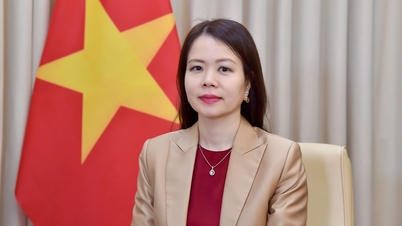
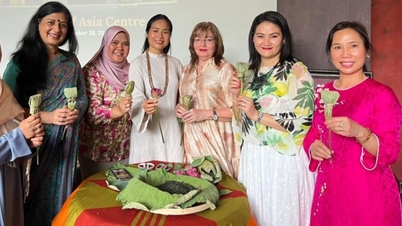
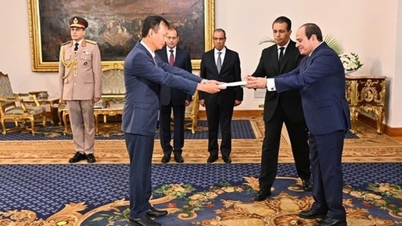
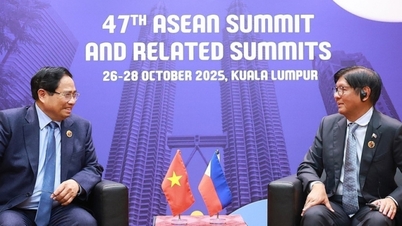
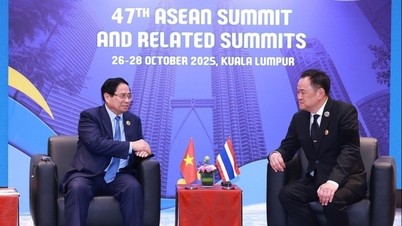



































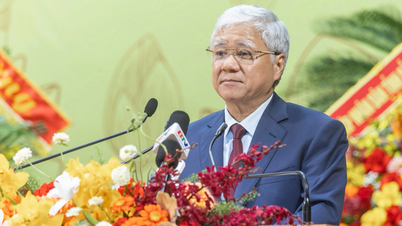
![[Infographic] Vietnam's socio-economic situation in 5 years 2021-2025: Impressive numbers](https://vphoto.vietnam.vn/thumb/402x226/vietnam/resource/IMAGE/2025/10/29/1761730747150_anh-man-hinh-2025-10-29-luc-16-38-55.png)

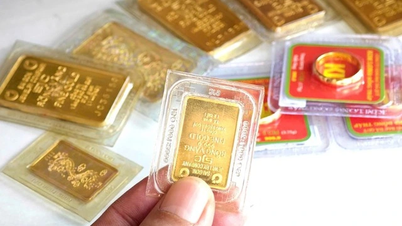
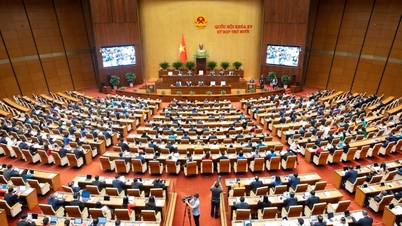
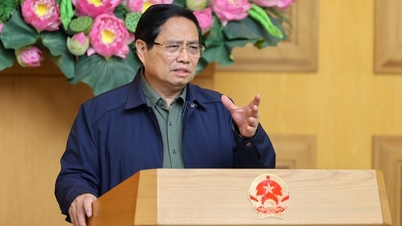
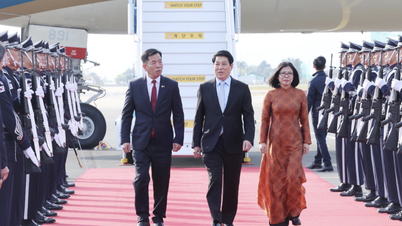

![[Live] Concert Ha Long 2025: "Heritage Spirit - Brightening the Future"](https://vphoto.vietnam.vn/thumb/402x226/vietnam/resource/IMAGE/2025/10/29/1761743605124_g-anh-sang-am-thanh-hoanh-trang-cua-chuong-trinh-mang-den-trai-nghiem-dang-nho-cho-du-khach-22450328-17617424836781829598445-93-0-733-1024-crop-1761742492749383512980.jpeg)

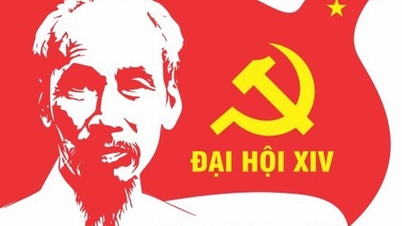
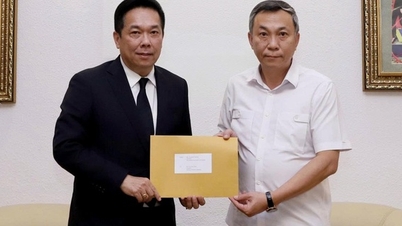

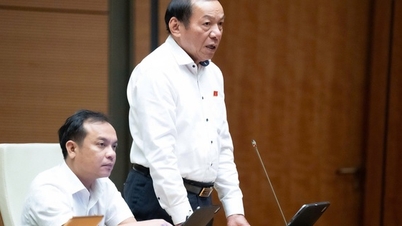
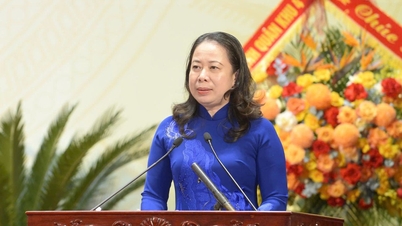

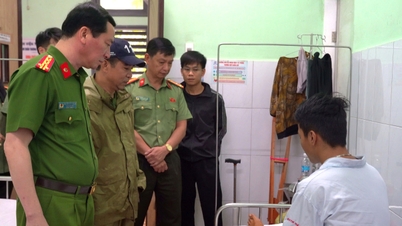

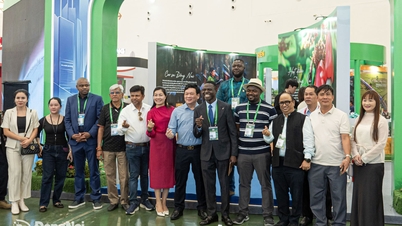

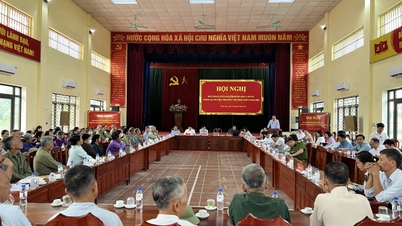

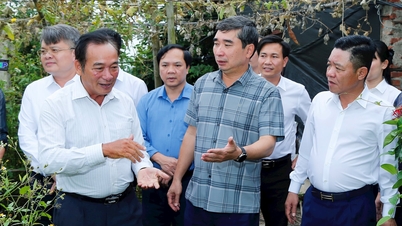

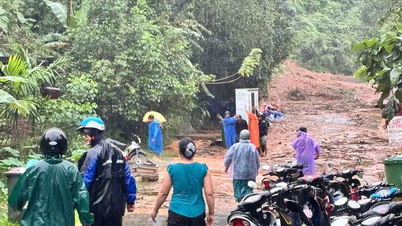
















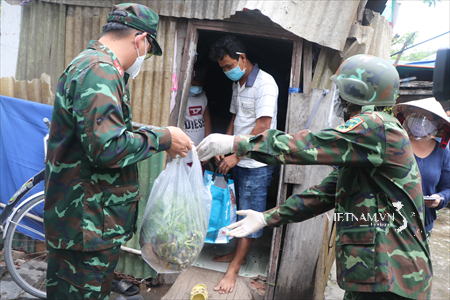

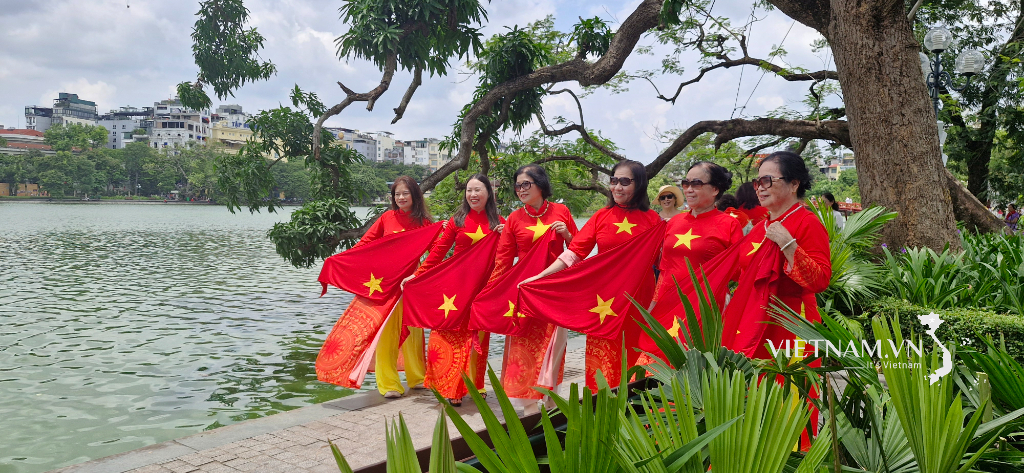
Comment (0)